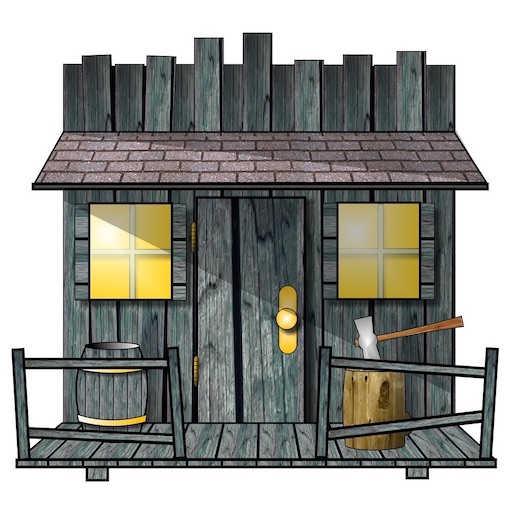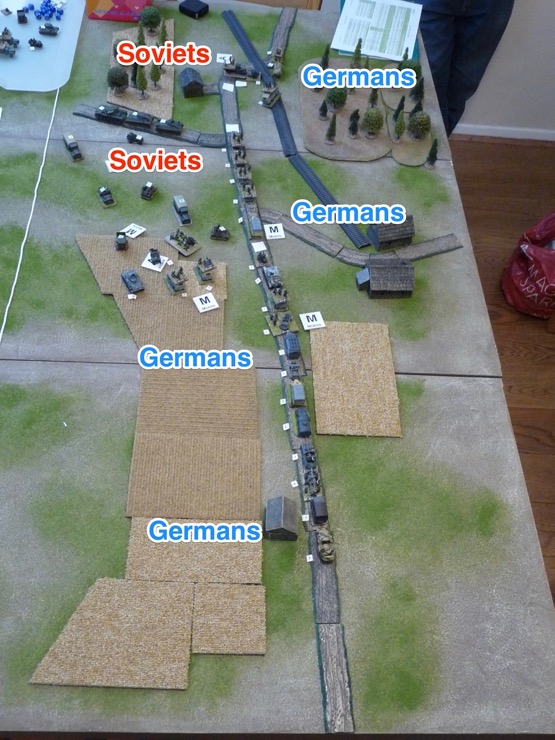I’m still looking at my options for Wargaming Rules to use for the Operational Level of War. This time I thought I’d have a look at the iPad wargame “Drive on Moscow” by Shenandoah Studio. It is right up my alley being an operational level warfare and on the Eastern Front. Continuing my experiment of translating other game systems to the table top, I wondered what Drive on Moscow would look like as a generic set of table top rules. I haven’t tried to follow the original game slavishly, just get something with the same flavour.
Previously I did the same thing with Hell’s Gate. Now I’m trying a bigger scale (1 hex/square = 40km; units are corps or armies), different turn sequence, more ground conditions (easy, mud, frozen and snow), and different combat mechanism.
Read more














